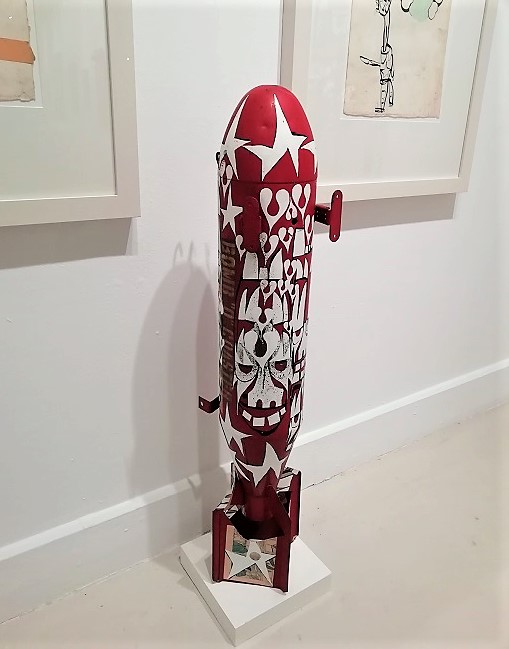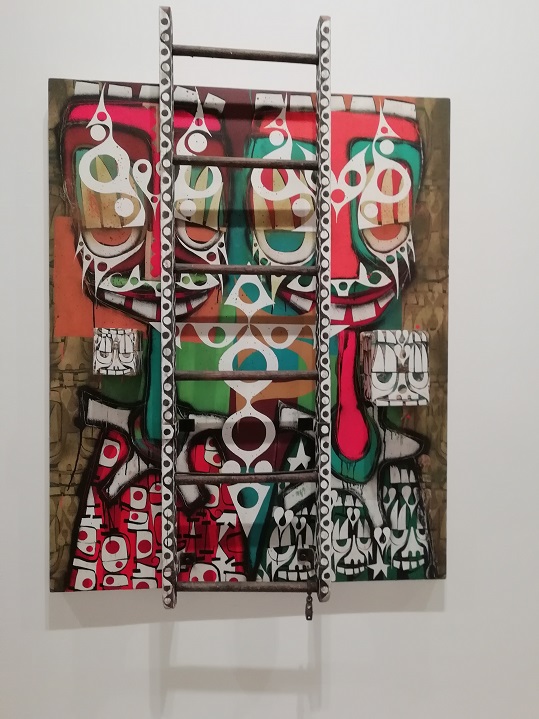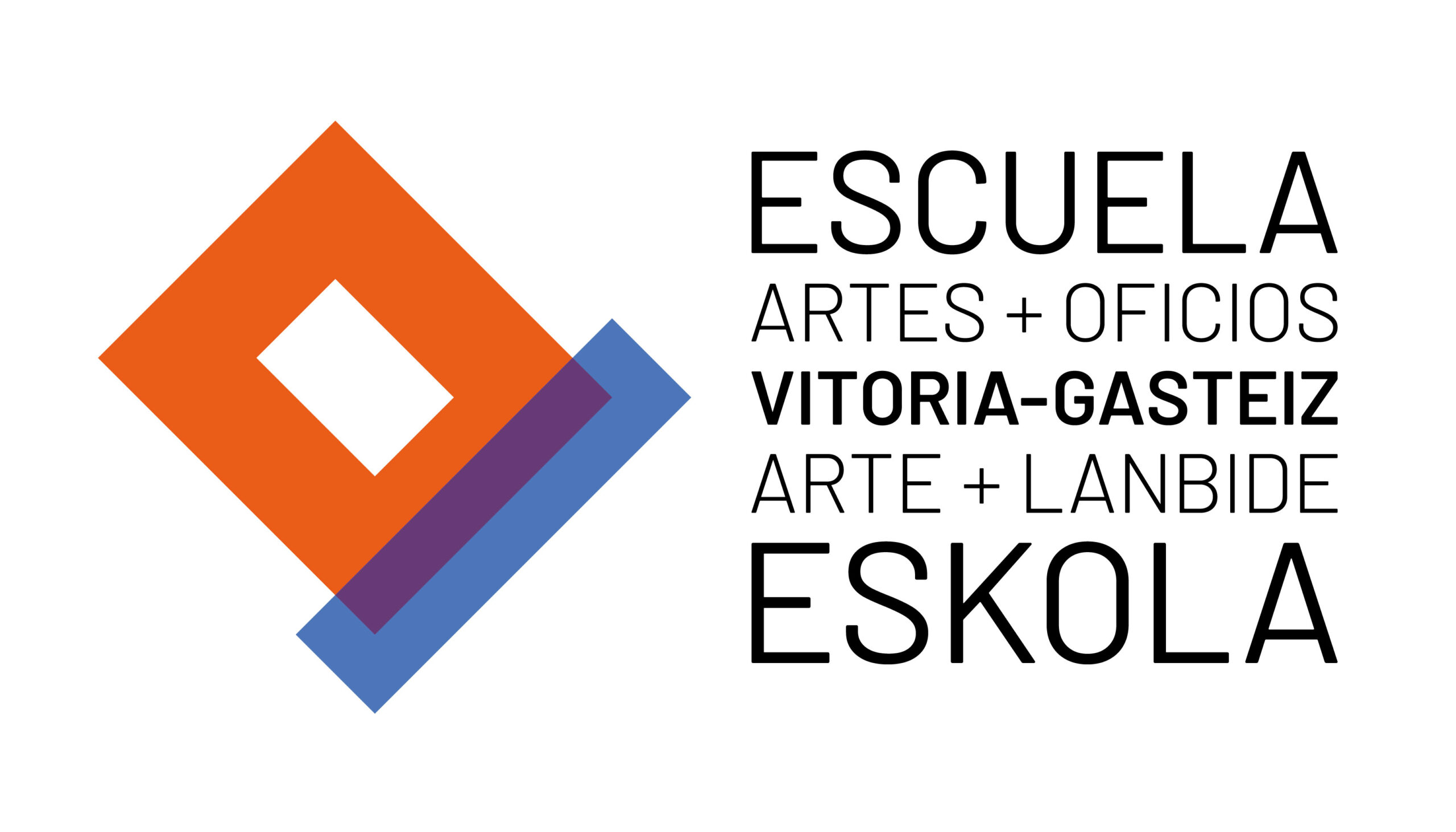Phil Frost (Jamestown, New York, 1973) is a self-taught artist, his interest in plastic expression awakened in contact with the world of graffiti and the underground. His most recent works are paintings on wooden doors. These doors, found and reused by the artist himself, have been intervened and used as a support for painting. The doors bring together all the characteristic and recurring elements of his iconography, heads with elongated necks, use of collage and letters, drawings made with correction fluid or spray, a totemic appearance, baroque and a whole series of attached objects that the artist has been reusing as comics, coins, parts of license plates, numbers, cans, coils, bottles, brushes, a ladder or baseball bats, others that will introduce the visitor in the particular and original cosmos of Phil Frost.
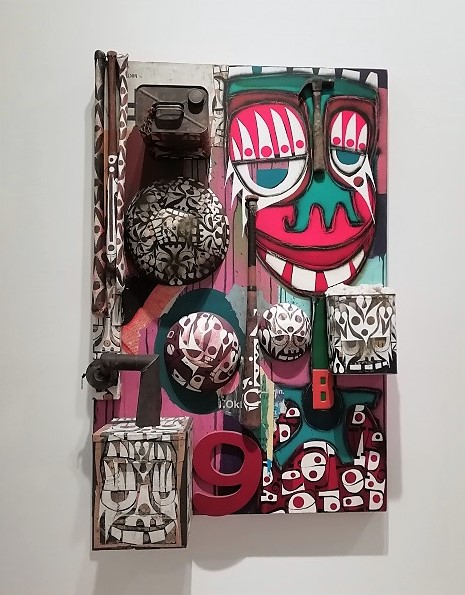
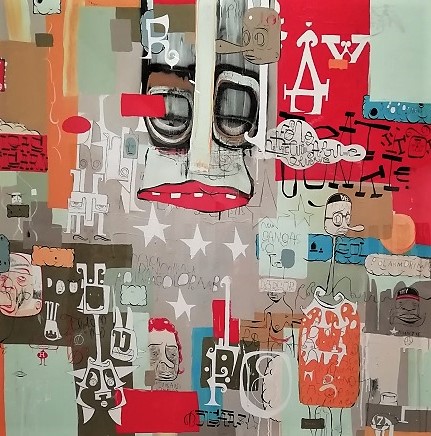
His perfectionist character makes him isolate himself from reality in his studio where he can work on a work for several years until he considers it finished due to the amount of layers in each of his works. There is a first layer made with collage of newspapers or comic pages on which he then paints with acrylic and spray paint and finishes off with typex, his personal trademark, designing a kind of tribal masks. The correction fluid he uses seems to form a code or language, composed of letters, hearts, dots and faces, reminiscent of tribal and indigenous art. These symbols, which the artist refers to as "glyphic distinctions" are painted on highly textured backgrounds. The origin of these powerful graphic patterns comes from his interest in different dialects and languages, hence his personal typography, with which he writes in a hybrid of numerous languages, both real and imaginary. These patterns have an archaic code composed of symbols, letters, hearts, dots and mask-like shapes, whose appearance oscillates between the modern and the primitive, between abstraction and representation.
